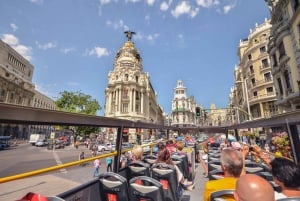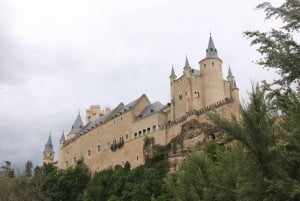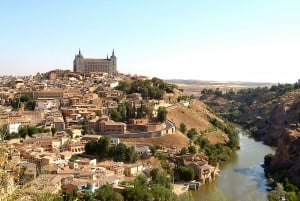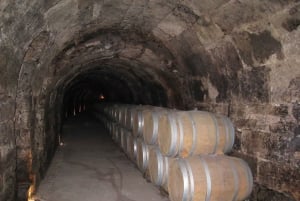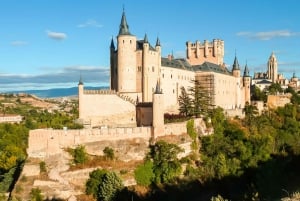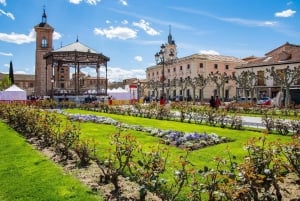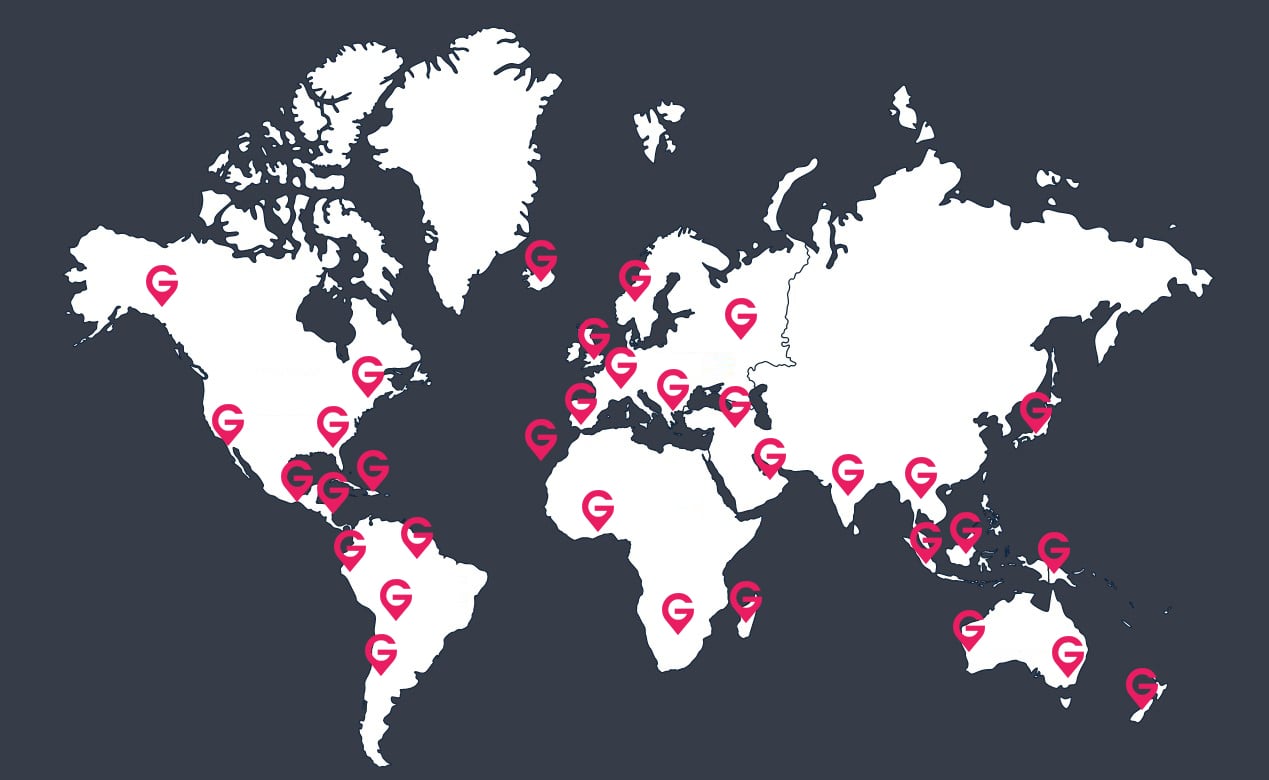History
Celtic origins
Archaeological samples were found that have enabled us to know that Toledo was a Celtiberic walled town. Then the Romans, Visigoths Arabs, Jews and Christians mixed their roots to create a unique and different city forming its physiognomy today.
Romans
The first written record of Toledo dates from 192 B.C. from Titus Livius who wrote about it as a small but well fortified city. The Romans settled in the town thanks to the paved road that join Caesar Augusta (Zaragoza) and Emerita Augusta (Merida), which pass through the shores of the river Tajo in Toledo. Remains of Roman construction: circus, theater and temples can still be seen nowadays.
Capital of the Visigoth Kingdom
After the disappearance of the Roman Empire, the Visigoths were established and settled in Toledo. The state was intimately related to the catholic faith, and numerous councils were taken in this city to settle the most important questions. Recaredo the king appointed Catholicism as the official religion.
.
The Arab occupation
Several of the latter kings, the same as the olden Roman emperors, were murdered by their rivals. In the final war against the king elect Rodrigo, the descendants of his predecessor, Witiza, requested help in 711 from the Muslims, who were expanding strongly through northern Africa. The help became the occupation of nearly the whole Iberian Peninsula for centuries, and then Toledo ceased to be the capital, depending from now on the emirate of Cordoba.
In the eleventh century, Toledo was the cradle of some of the world's greatest historians, doctors, mathematicians and astronomers of that time. Toledo was the light house of knowledge in the Western Europe.
This age define the general characteristics of urban Toledo forever: narrow streets, winding dead-end fortress walls and houses opened onto beautiful interior patios where the real centre of family life is done.
Christians
In 1085, King Alfonso VI, conquered the city and converted it into the joint of the three cultures, where tolerance between them was the custom and daily way of life. It was also kept as the intellectual centre of Europe, where the school of translators did a great job, allowing the rest of Europe to acquire a deeper knowledge about the Muslim and Hebrew cultures as well as rediscover the teaching of Greek classics.
In the XV century such coexistence was broken, ending with the expulsion in 1492 of the Jewish community that rejected being converted to Christianity, and the expulsion of the Muslims from their last kingdom in Granada.
Imperial Toledo
Toledo became the seat of the empire with the King Carlos I, and was moved to Madrid with his son Philip II, in 1563, causing Toledo to lose all their power, influence and privileges related to the monarchy. Because of this reason, Toledo started it's decline in importance in favor of Madrid.


